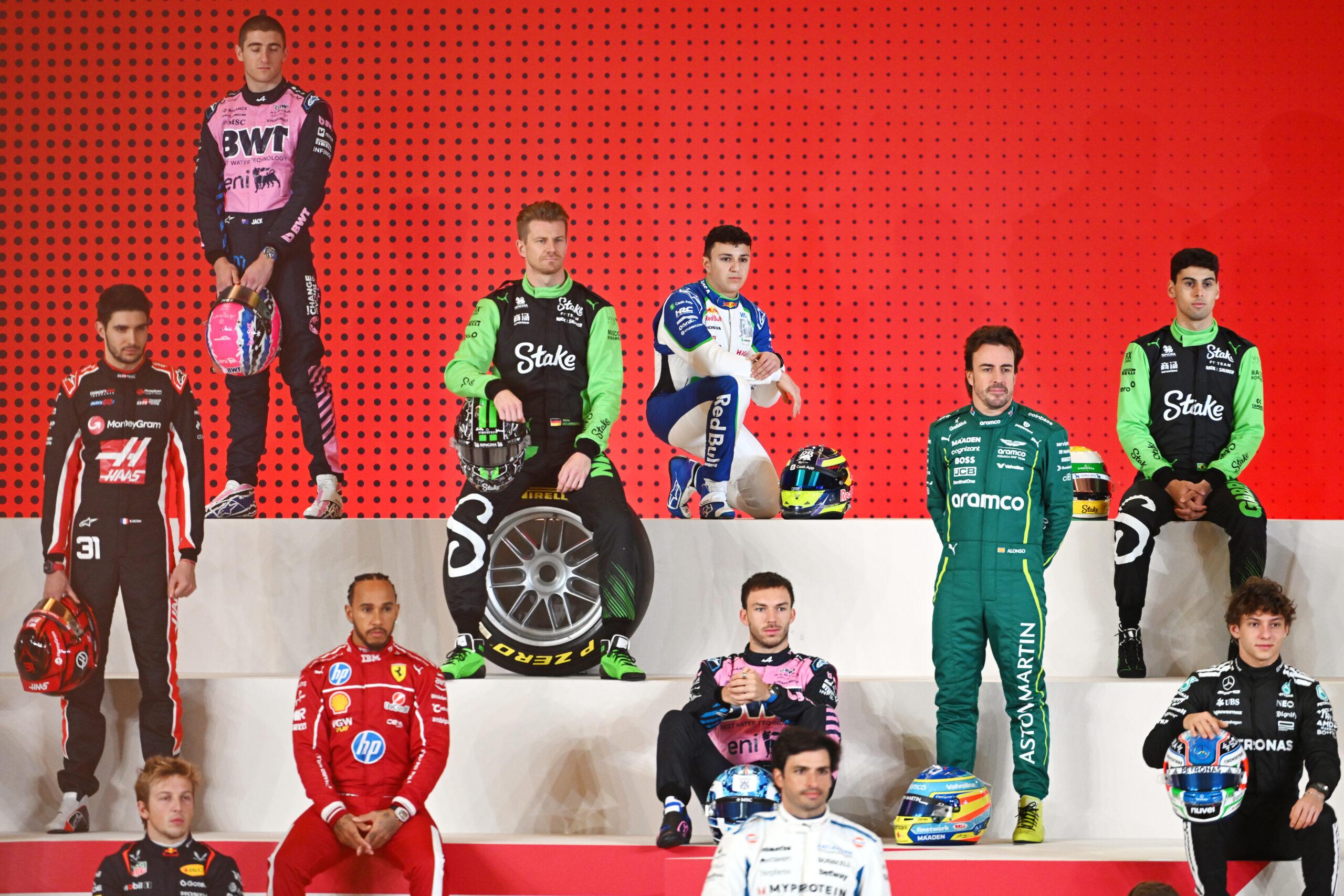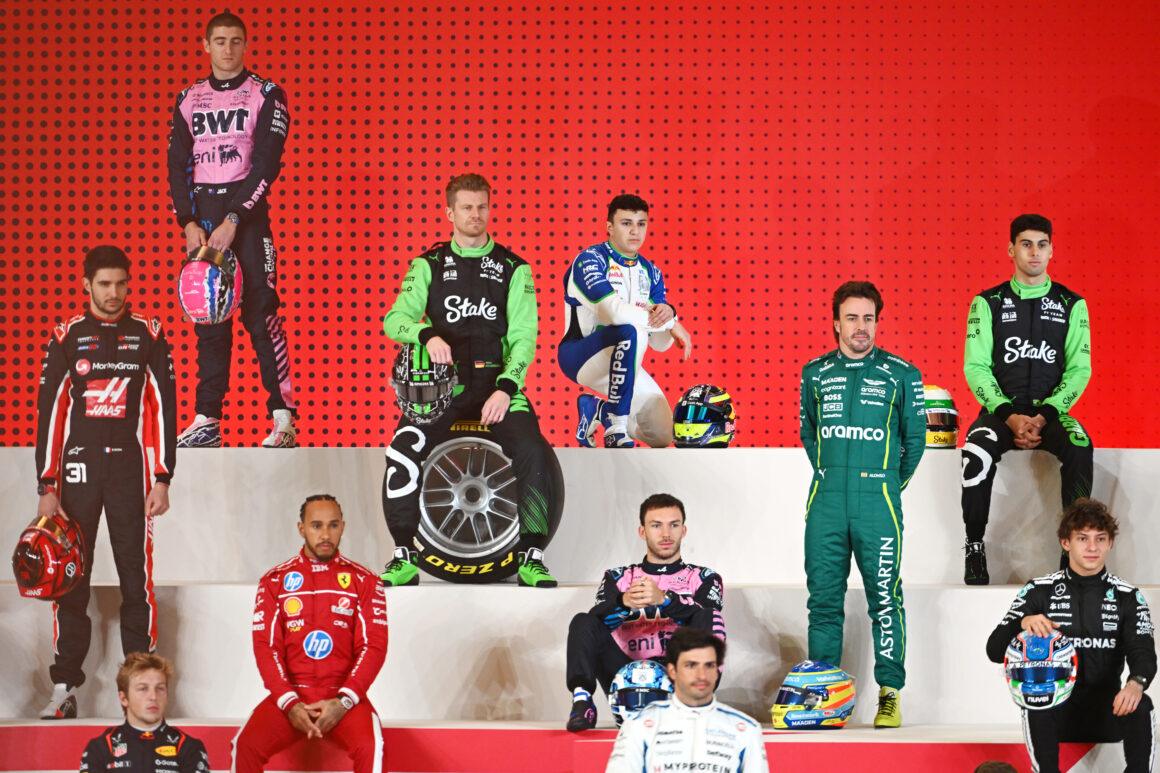You’ve seen the fireworks under Formula 1 cars. No, they’re not broken. They’re working to perfection. Those sparks are the signature of a car riding so low it’s practically writing its name on the tarmac. And yes, that’s by design. The short version? Titanium skid blocks meeting asphalt when the car bottoms out. Cue the light show.
This isn’t just visual drama for night races. It’s engineering with teeth. Teams run the cars low for aero performance, the floor skims the track, titanium meets road, and sparks fly. Lights out and away we… oh wait, the physics already won.
The Hardware: Plank, Skids, and the Spark Factory
Under every F1 car sits a mandatory wooden plank—also called the skid block or skid plank—running along the middle of the floor. It’s not there for decoration. It’s the FIA’s way of enforcing minimum ride height by measuring wear after the race. Too thin? You’re out. File under: Yikes.
To stop that plank from getting chewed to dust in 300 kilometers, teams embed titanium skids into it. These metal pucks hit the ground first. Titanium is tough, throws spectacular sparks, and crucially, protects the plank from excessive wear. No plank, no party—ask the stewards.
Why Titanium Skids Exist (And Why They Spark)
The FIA says don’t destroy the plank. Teams replied: fine, we’ll protect it. When the car compresses from speed, bumps, or fuel weight and the floor kisses the asphalt, the titanium takes the hit and sparks. The plank still wears—just slower. Engineering sleight of hand? Absolutely. Illegal? Not if your post-race thickness passes the test.
That balance is the whole game. Run low for performance, let the skids burn, keep the plank within the 9 mm minimum (from an original 10 mm). Step over the line and the stewards won’t blink.
When Do Sparks Happen?
You won’t see sparks on every inch of every lap. The car needs to compress hard enough for the floor to touch. That happens when downforce and weight gang up on the chassis, or the track turns into a cheese grater. Did Ferrari strategists forget how to count laps? Again? Different story.
Here’s when the fireworks usually pop off—no guesswork, just physics doing its thing.
- Long straights: Maximum speed, maximum downforce, minimum ride height. Bottoming out city.
- Race start: Full fuel load makes the car heavy. Early laps? Extra spicy sparks.
- Bumps and kerbs: Street tracks like Monaco and Singapore serve sparks with every aggressive kerb.
- Elevation changes: Places like Spa, Suzuka, and Zandvoort compress the car hard over crests and compressions.
The Rules: Plank Wear, Disqualifications, and Painful Lessons
The plank has strict dimensions. New, it’s 10 mm thick, uniform, and measured to the tenth. The FIA tolerates wear down to 9 mm. Blow past that? You’re busted, regardless of how pretty your lap time looks. It’s black-and-white scrutineering. No wiggle room, no political speeches.
We’ve seen the hammer drop. After Austin, Lewis Hamilton and Charles Leclerc lost their results when post-race checks showed excessive plank wear. Too low, too long. The competition? Reduced to expensive spectators. And somewhere, a PR manager just had a minor stroke.
Common Misconceptions: Sparks vs Damage
Sparks don’t mean the car is breaking. They mean the skid blocks are doing their job while the team squeezes every millimeter of ride height for aero gain. If you never see sparks, two possibilities: ride height too high, or you’ve got no titanium and your plank’s in danger. Neither is fast. Or smart.
Is it dangerous? Not really. Annoying? Ask the drivers behind. Carlos Sainz said the shower “looks great on TV,” but for the guy following, it’s like chasing through a five-second welding job. Visibility goes on vacation at exactly the wrong time.
Track Traits: Where Sparks Feast
Not all circuits are equal. Street tracks are uneven, kerbs are hungry, and surfaces can be brutal. That means more floor contact, more titanium grinding, more sparks. Smooth, modern circuits? Less drama, fewer showers—until the speed compresses the suspension anyway.
Surface heat also plays a role. When circuits get hot, tarmac moves and develops micro-bumps. The ride height window gets tighter. The car becomes a pogo stick with a flamethrower.
The History: From Nuisance to Showpiece
Back in the day, sparks had a reputation. Drivers like Nigel Mansell would allegedly target bumps to throw sparks in rivals’ faces. Classic drama. The plot thickens like Red Bull’s excuse list. Eventually, titanium skids were dialed back, then officially brought back in 2015—part showbiz, part practicality.
Modern F1 loves a spectacle. Night races turn sparks into art. But don’t get romantic about it: the sparks are a byproduct of aero greed and regulatory chess. It’s a handshake between speed and the rulebook, with titanium paying the price.
Bottoming Out: The Physics Behind the Sparks
At high speed, an F1 car generates enormous downforce. That force compresses the suspension and lowers the car. Run too low, and the floor hits the track—this is bottoming out. The skids take the impact, not the carbon floor, because titanium survives where carbon cries.
On entry and exit of corners, over crests, or when the car is heavy with fuel, the effect intensifies. That’s the light show. That’s also lap time—until the stewards pull out the calipers and your Sunday disappears.
Skid Blocks vs Plank: Know the Difference
People mix these up. The plank is the flat, wooden strip that sets the baseline for legal ride height. The skid blocks are the titanium pads embedded in it that bear the brunt of contact. Skids spark. Plank wears. One saves the other. Both are measured by the clock—how long can you ride low without overcooking the wear?
Designers place skids where the floor will hit first—usually around the step plane and high-load zones. It’s chess underneath the car. Brutal, precise, and occasionally smoky.
So Why Do F1 Cars Spark? The Real Answer
Because teams push the car to the lowest legal ride height for maximum aerodynamic grip. Because the FIA enforces that limit with a wooden plank. Because teams protect that plank with titanium skid blocks that scrape and throw sparks when the car bottoms out at speed. It’s physics, rules, and cunning—crammed into one fiery party trick.
They didn’t just optimize performance. They sent everyone else back to karting school. And the sparks? That’s the receipt.

